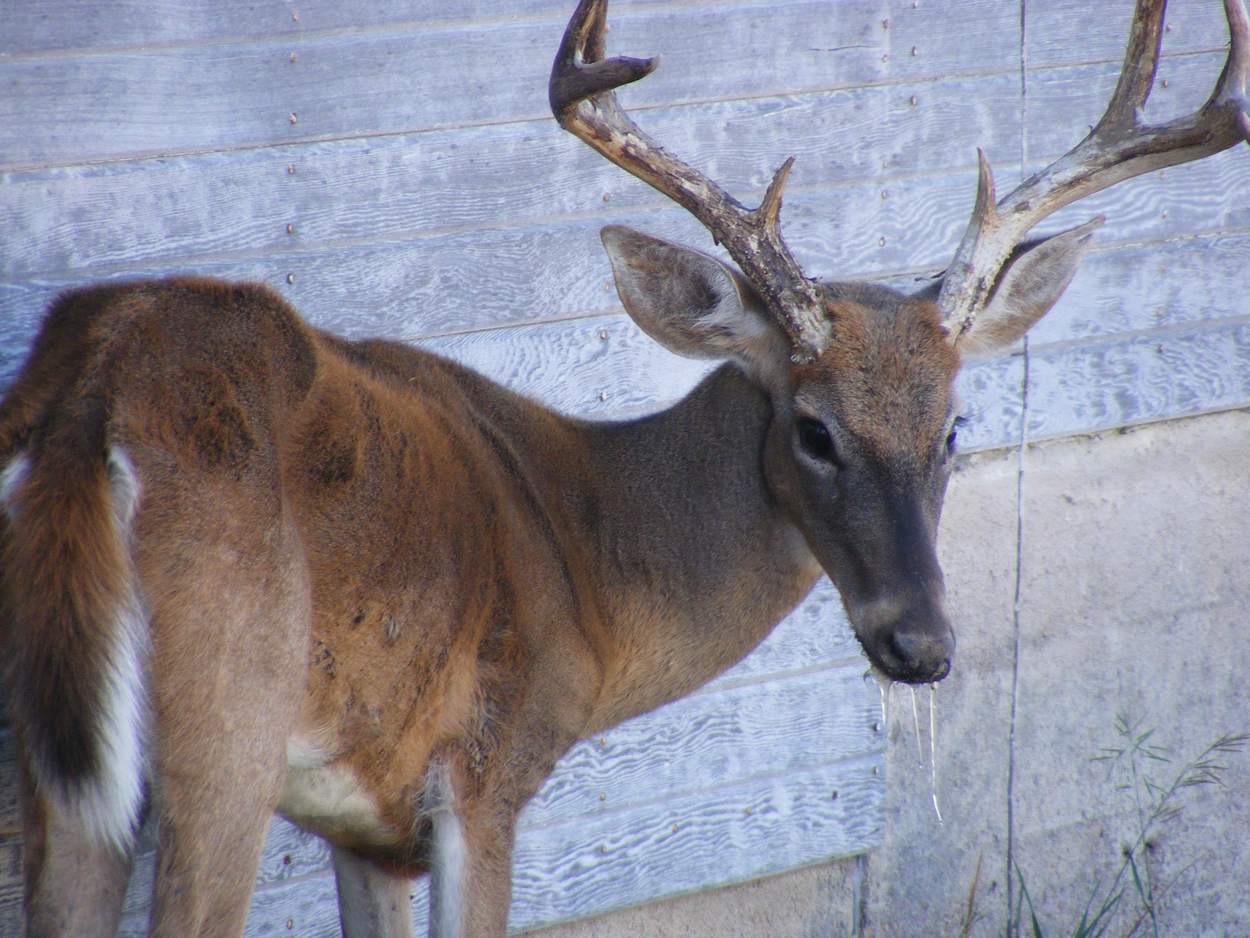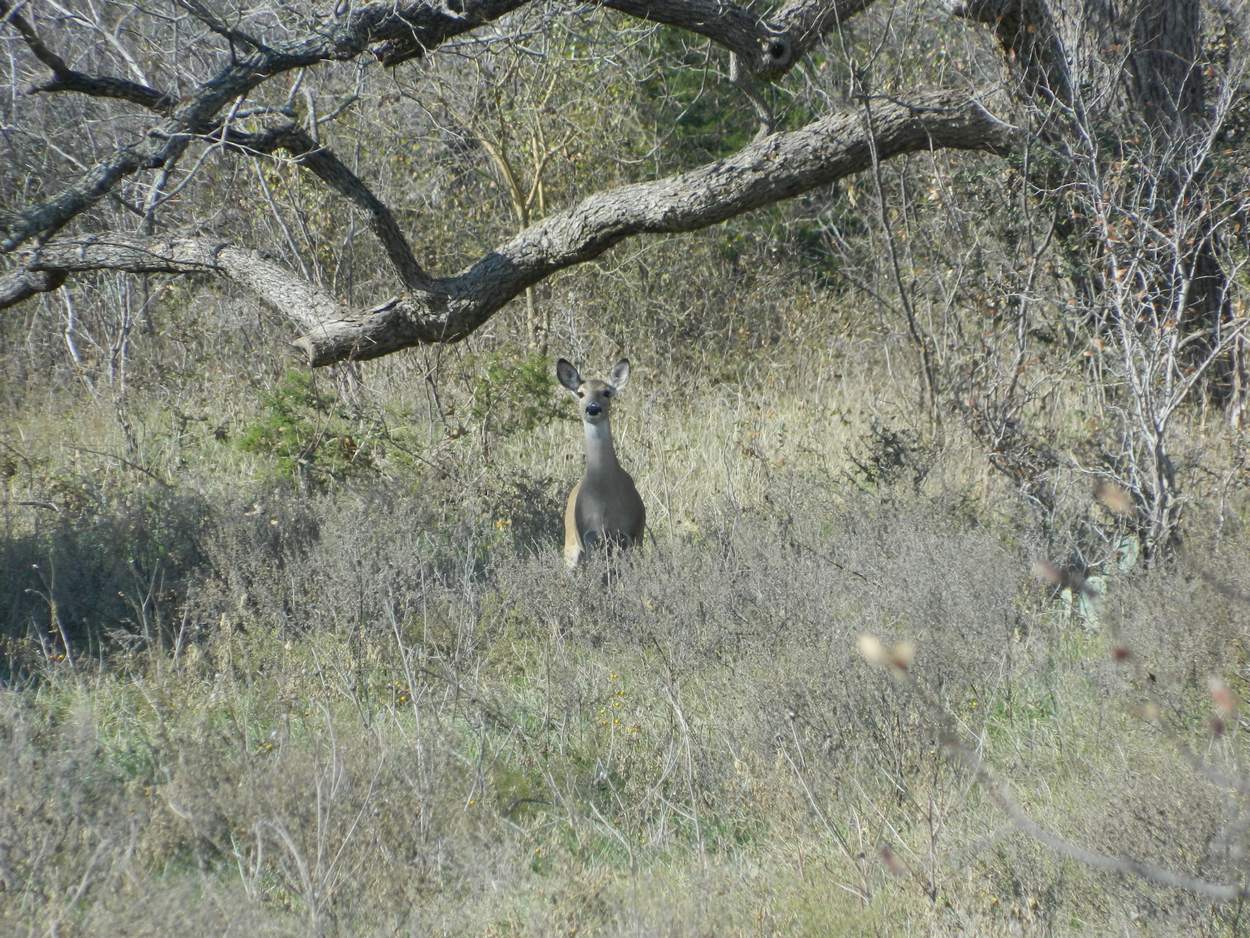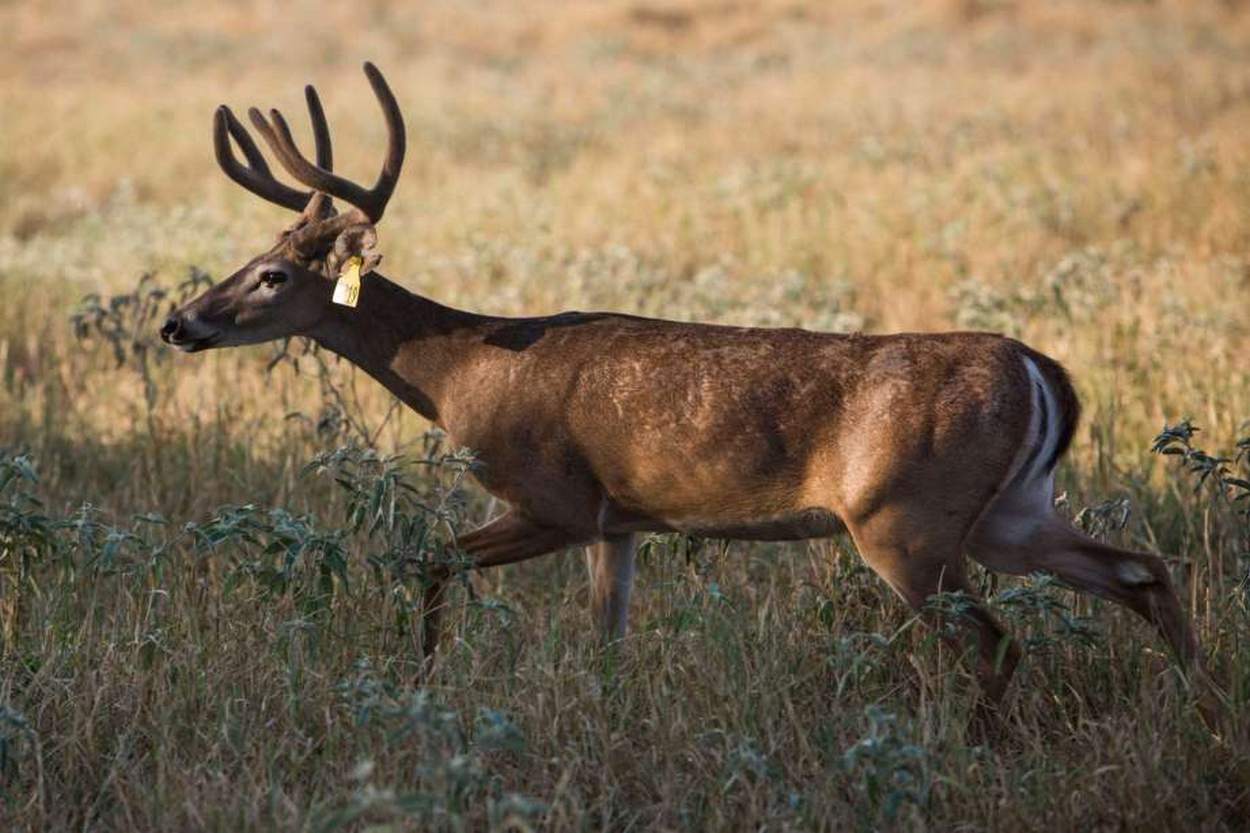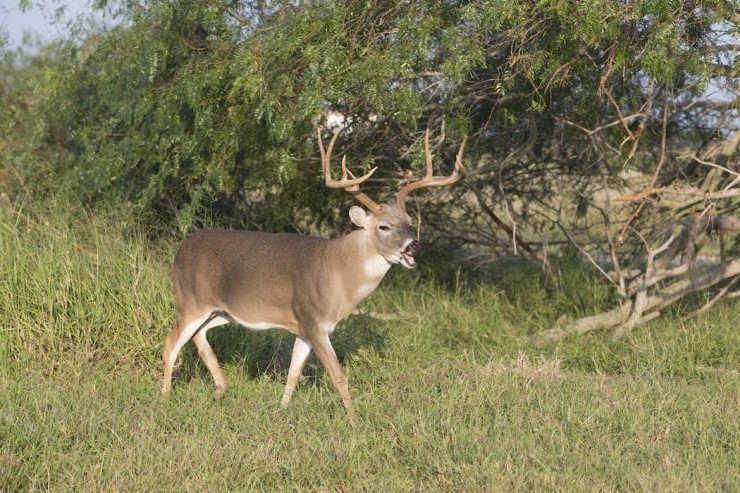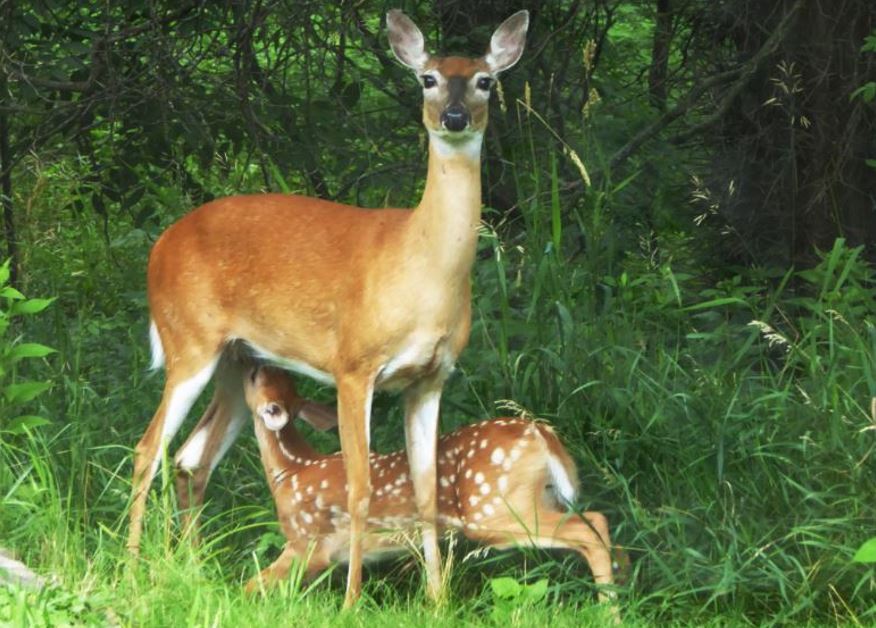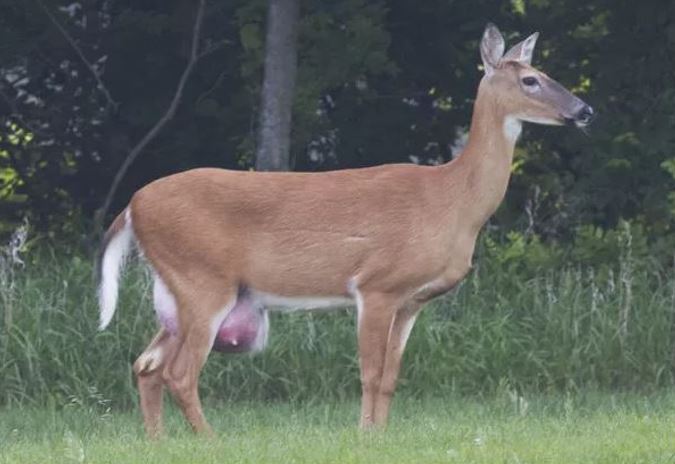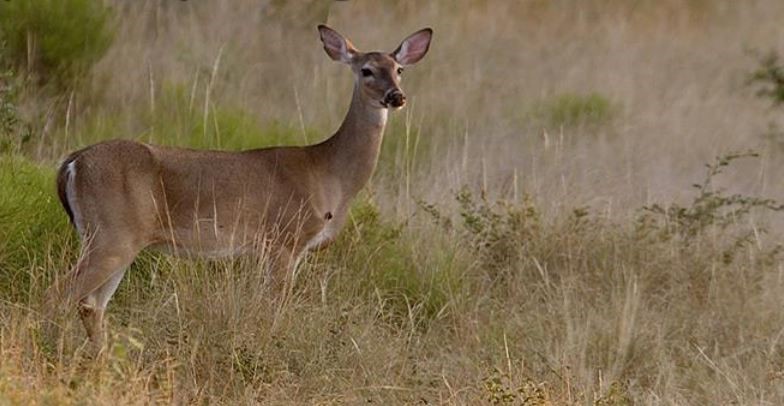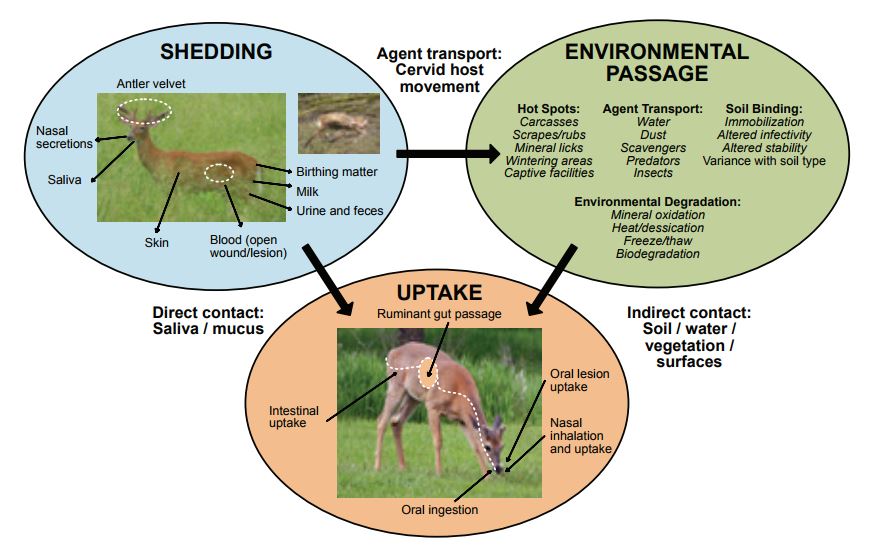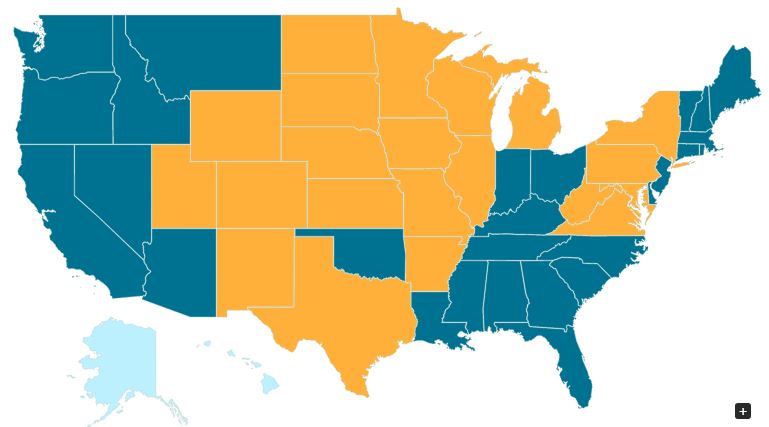Val Verde County Deer Test Positive
A white-tailed deer in Del Rio, Texas, tested positive for Chronic Wasting Disease (CWD), says Texas Parks and Wildlife Department (TPWD). CWD was first discovered in cervids in North America over 50 years ago.
Initially, CWD was an little-known illness that seemed to occur only in a small geographic area in northeastern Colorado and southeastern Wyoming. In the last two decades, additional states have documented the disease. It’s showing up in more whitetail herds each year. The disease is being found at an increasing, almost exponential, rate.
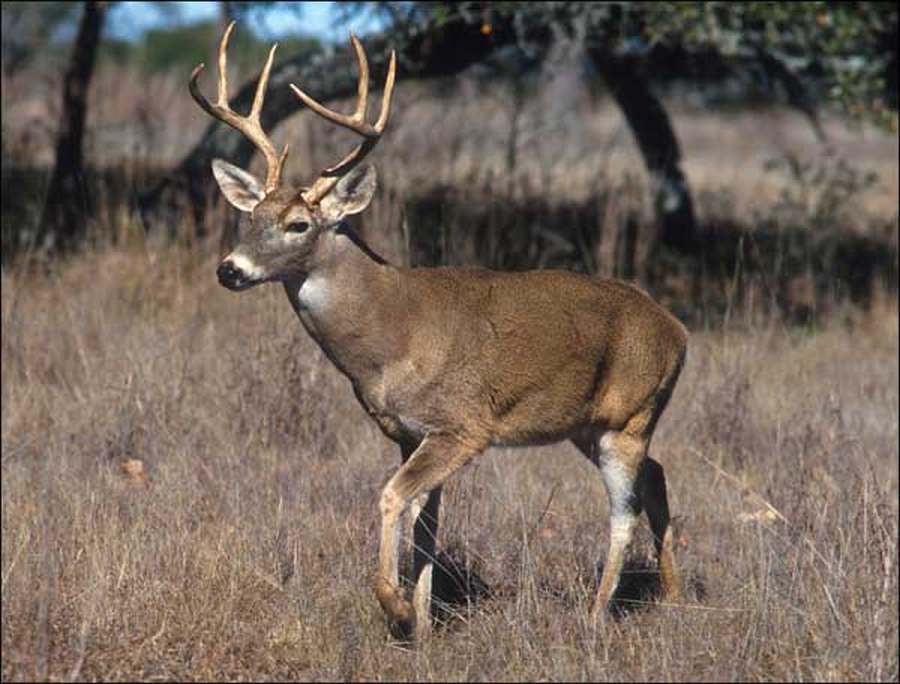
CWD in Texas
CWD was first documented in Texas in the Trans-Pecos region in 2016. When deer hunting season opened, Texas had three CWD Zones where mandatory testing of hunter-harvested deer is required by TPWD. Now that CWD has been been detected in a free-ranging, 5 ½ year-old white-tailed doe between Del Rio and Amistad Reservoir, Texas will have four CWD Zones. More is not always better.
TPWD and Texas Animal Health Commission (TAHC) are implementing a containment strategy designed to limit the spread of CWD from the affected area and better understand the distribution and prevalence of the disease.
“Because eradication is thought to be impossible once CWD becomes established in a population, it is imperative that we work with other agencies, landowners and hunters to contain this disease within a limited geographic area and prevent it from spreading further among Texas deer populations,” said Dr. Bob Dittmar, TPWD’s Wildlife Veterinarian. “This containment strategy is particularly urgent considering this detection happened in the middle of the general deer season.”
Texas CWD Containment Zones
Effective immediately under an executive order issued by TPWD Executive Director Carter Smith, a CWD Containment Zone and all associated rules for that designation are in effect within the boundaries of a line beginning in Val Verde County at the International Bridge and proceeding northeast along Spur 239 to U.S. 90; thence north along U.S. 90 to the intersection of U.S. 277/377, thence north along U.S. 277/377 to the U.S. 277/377 bridge at Lake Amistad (29.496183°, -100.913355°), thence west along the southern shoreline of Lake Amistad to International boundary at Lake Amistad dam, thence south along the Rio Grande River to the International Bridge on Spur 239.
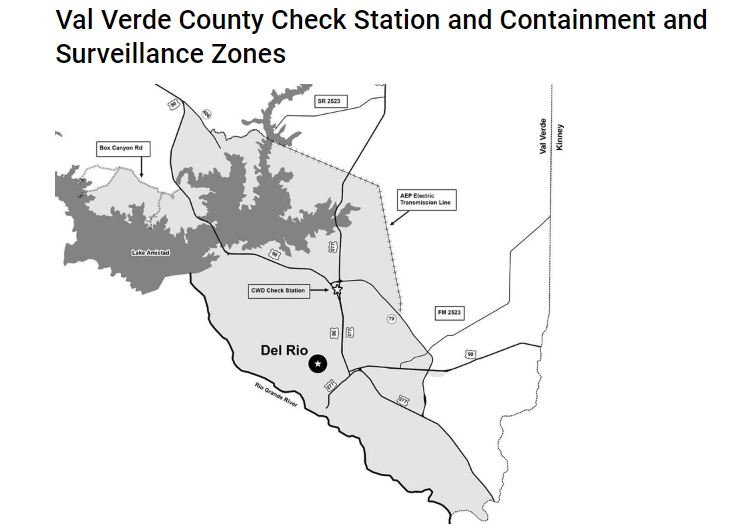
A CWD Surveillance Zone is in effect within the boundaries of a line beginning in Val Verde County at the confluence of Sycamore Creek and the Rio Grande River (29.242341°, -100.793906°); thence northeast along Sycamore Creek to U.S. 277; thence northwest on U.S. 277 to Loop 79; thence north along Loop 79 to the Union Pacific Railroad; thence east along the Union Pacific Railroad to Liberty Drive (north entrance to Laughlin Airforce Base); thence north along Liberty Drive to U.S. 90; thence west along U.S. 90 to Loop 79; thence north along Loop 79 to the American Electric Power (AEP) Ft. Lancaster-to-Hamilton Road 138kV transmission line (29.415542°, -100.847993°); thence north along the AEP Ft. Lancaster-to-Hamilton Road 138kV transmission line to a point where the AEP Ft. Lancaster-to-Hamilton Road 138kV transmission line turns northwest (29.528552°, -100.871618°); thence northwest along the AEP Ft. Lancaster-to-Hamilton Road 138kV transmission line to the AEP Ft. Lancaster-to-Hamilton Road maintenance road (29.569259°, -100.984758°); thence along the AEP Ft. Lancaster-to -Hamilton Road maintenance road to Spur 406; thence northwest along Spur 406 to U.S. 90; thence south along U.S. 90 to Box Canyon Drive; thence west along Box Canyon Drive to Bluebonnet Drive; thence southwest along Bluebonnet Drive to Lake Drive; thence south along Lake Drive to Lake Amistad (29.513298°, -101.172454°), thence southeast along the International Boundary to the International Boundary at the Lake Amistad dam; thence southeast along the Rio Grande River to the confluence of Sycamore Creek (29.242341°, -100.793906°).
CWD Zone Rules
CWD Containment and Surveillance Zone rules include restrictions on the movements of carcass parts as well as live deer possessed under the authority of a permit. The department is also implementing mandatory CWD testing of deer harvested within the containment and surveillance zone within 48 hours of harvest at a new check station located at the RV park at the Del Rio Fisherman’s Headquarters, 4957 US-90, Del Rio TX 78840 (29.43187° N., -100.90898° W). For full details and instructions on how to bring harvested deer to the check station, hunters should check the Outdoor Annual mobile app or TPWD web site.
“This temporary emergency action will allow us to try to contain CWD within the affected zone while we collect more information and gather more data,” said TPWD Executive Director Carter Smith. “The protection of our state’s big game resources is of vital importance and we are grateful to hunters, landowners and local officials for their cooperation in following these rules and spreading the word in their community to help keep the disease contained.”
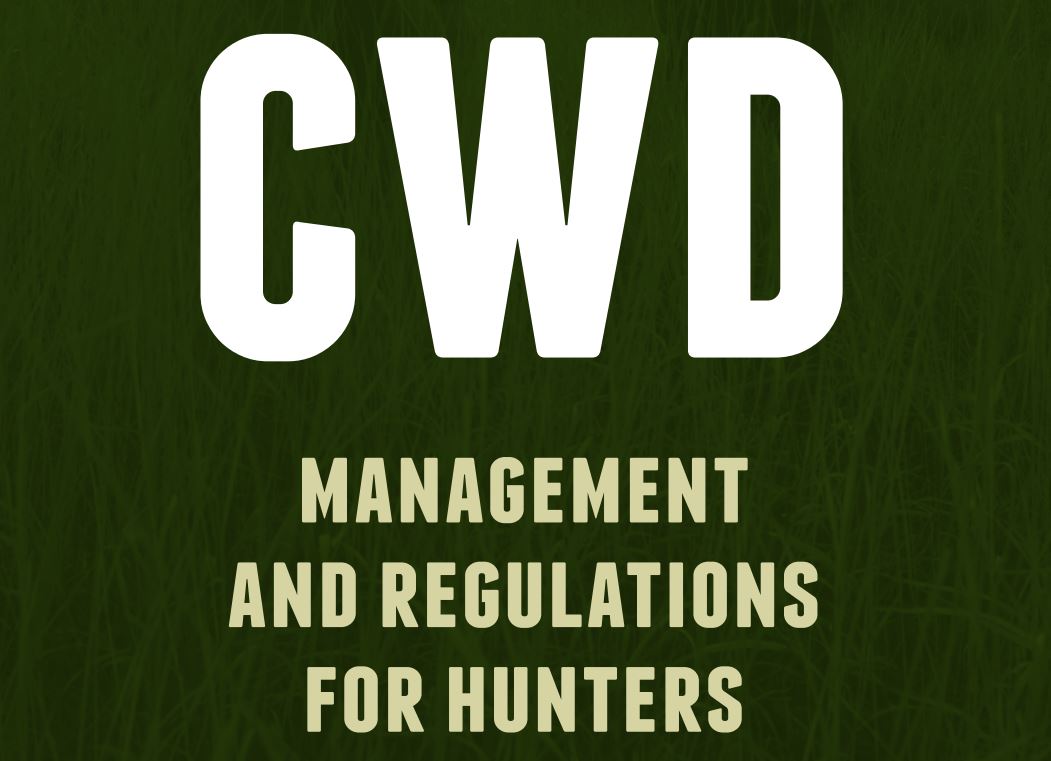
So, About CWD
CWD among cervids is a progressive, fatal neurological disease that commonly results in altered behavior as a result of microscopic changes made to the brain of affected animals. An animal may carry the disease for years without outward indication, but in the latter stages, signs may include listlessness, lowering of the head, weight loss, repetitive walking in set patterns, and a lack of responsiveness.
To date there is no evidence that CWD poses a risk to humans or non-cervids. However, as a precaution, the U.S. Centers for Disease Control and the World Health Organization recommend not to consume meat from infected animals.
“Though CWD has not been discovered in exotic susceptible species in Val Verde County, our agency is working proactively alongside our TPWD partners to achieve enhanced surveillance for all susceptible species in the identified zones,” said Dr. Andy Schwartz, TAHC Executive Director and State Veterinarian.
Reporting Deer for CWD Testing
Hunters are encouraged to report any “sick looking” deer, elk, or other CWD susceptible species while hunting in any CWD zone to TPWD. Contact information for the CWD zone check stations is found within the CWD section of the current Outdoor Annual and associated smart device application. To report a “sick looking” deer outside of a CWD zone, contact a TPWD wildlife biologist or Texas Game Warden.
TPWD will continue to collect samples from all hunted properties located within the containment and surveillance zone as well as roadkills. The department is seeking as many additional samples for testing as it can obtain in order to get a better handle on the geographic extent and prevalence of the disease in this area.
A public meeting is being planned by TPWD, TAHC and TAMU AgriLife to gather public comment, provide information, and discuss the containment strategy moving forward. The date, time and location for this meeting will be announced at a later date on the TPWD News Releases page online and on the department’s social media accounts.
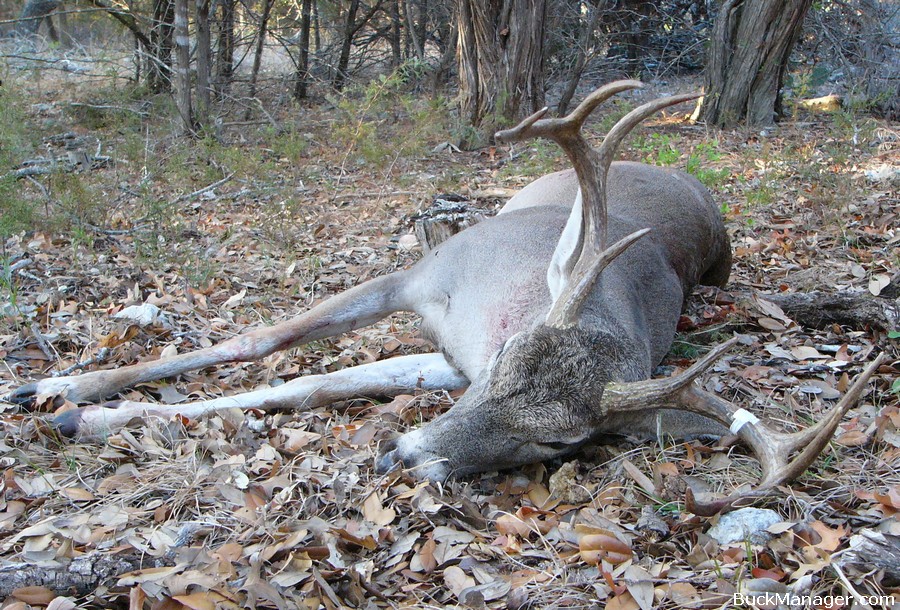
More on CWD
CWD is a neurodegenerative disease caused by a prion that affects cervids including deer, elk and moose. However, this disease is now found in wild and/or farmed cervids in many other states in the U.S., where it appears to be slowly spreading, and in parts of Canada. South Korea reported outbreaks among captive cervids between 2004 and 2010, after importing infected animals from Canada, and Norway detected CWD in wild cervids in 2016.
CWD is a member of the transmissible spongiform encephalopathies (TSEs), a group of neurodegenerative disorders caused by prions. Prions are infectious proteins that appear to replicate by converting a normal cellular protein into copies of the prion.
